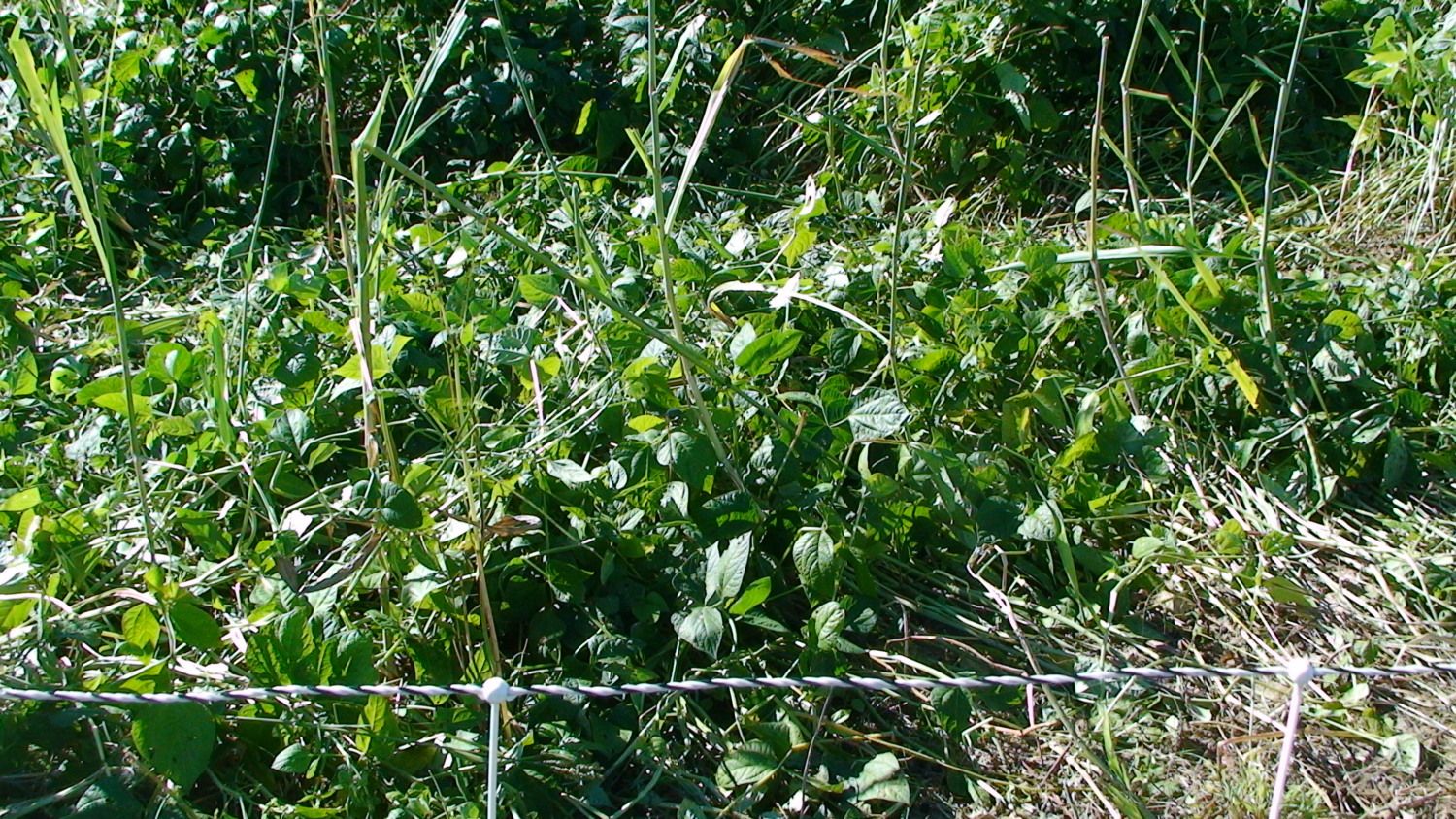- Thread starter
- #341
I would get in trouble with the old hen for calling my brood livestock. I have seen claims of such by parties espousing value of LGD's but little ones are not what I would invest the dog's efforts in. Little humans like mine would require even more confinement than many folks here use for their little sheep and goat herds.








